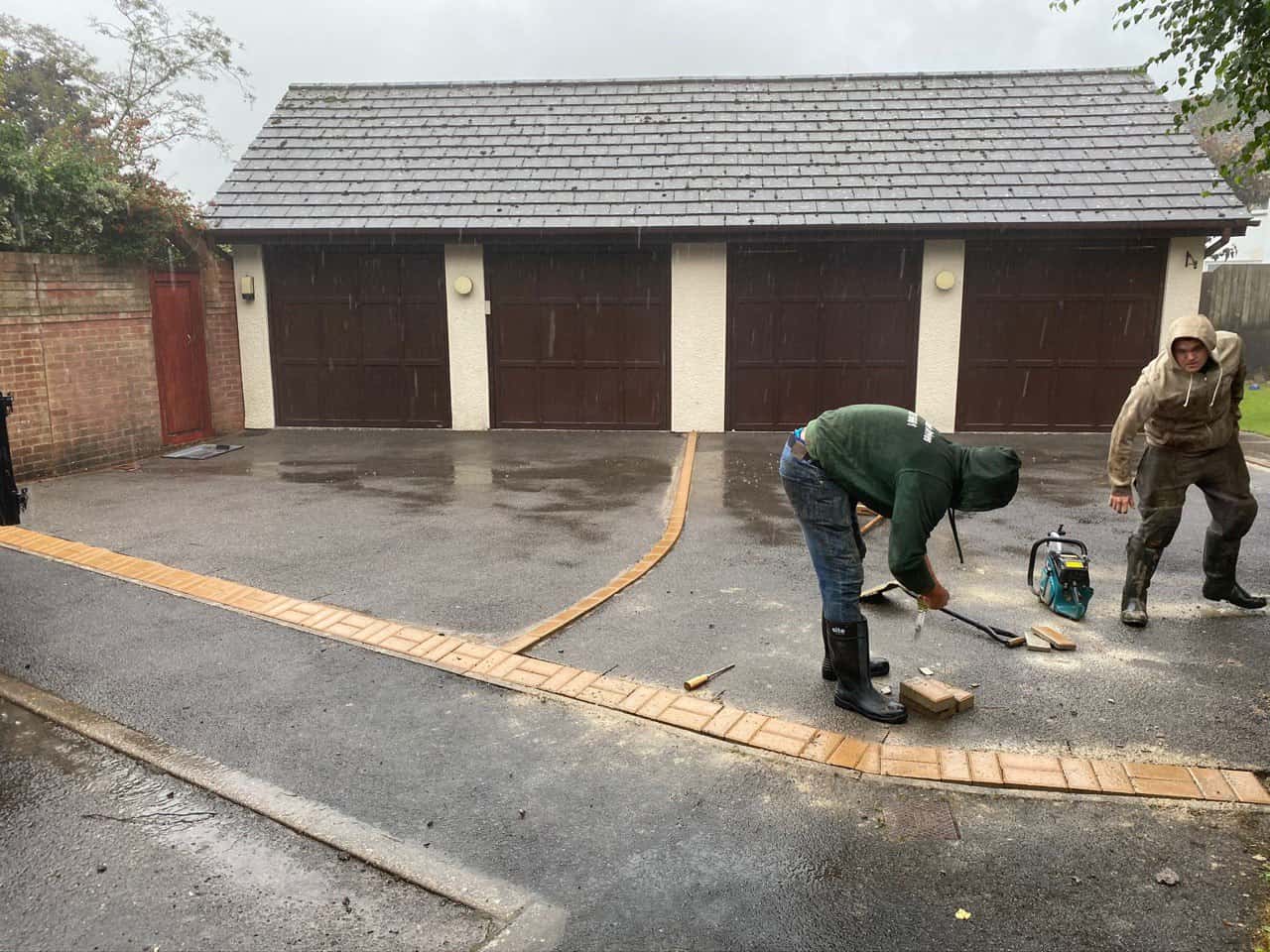
Introduction: Your driveway serves as the gateway to your home, welcoming guests and enhancing the curb appeal of your property. Over time, however, the wear and tear of daily use, weather exposure, and natural ageing can take a toll on the appearance and functionality of your shingle driveway. When signs of deterioration become evident, resurfacing your driveway can breathe new life into your home’s exterior and extend the lifespan of your driveway. In this blog post, we’ll explore when and how to resurface a shingle driveway, providing valuable insights for homeowners in Kent looking to revitalise their outdoor spaces.
Signs that Resurfacing is Needed:
- Cracks and Potholes: Cracks and potholes in the driveway surface are unsightly and can pose safety hazards for vehicles and pedestrians. If your shingle driveway has developed significant cracks or potholes, consider resurfacing.
- Uneven Surface: Uneven areas or dips in the driveway surface can indicate settling or compaction of the gravel over time. Resurfacing can help restore a smooth and level surface, improving the functionality and aesthetics of the driveway.
- Fading and Discoloration: Fading and discolouration of the gravel surface due to sunlight exposure and weathering can detract from the appearance of your driveway. Resurfacing can refresh the colour and restore the vibrancy of the gravel, enhancing the overall curb appeal of your home.
- Weed Growth and Vegetation: Weed growth and vegetation sprouting through the gravel surface are signs of poor drainage and maintenance issues. Resurfacing can help address drainage problems and prevent future weed growth, keeping your driveway clean and tidy.
How to Resurface a Shingle Driveway:
- Preparation: Clean the driveway surface thoroughly to remove dirt, debris, and vegetation. Repair any cracks or potholes with a suitable patching material and allow it to cure completely before proceeding.
- Resurfacing: Apply a fresh layer of gravel over the existing driveway surface to achieve the desired thickness and coverage. A mechanical compactor distributes and compacts the gravel evenly, ensuring a stable and durable surface.
- Sealing: Consider applying a sealant or protective coating to the newly resurfaced driveway surface to enhance its durability and resistance to weathering. Choose a sealant specifically formulated for use on gravel driveways and follow the manufacturer’s instructions for application.
- Maintenance: Regular maintenance is essential to preserve the integrity and appearance of your newly resurfaced shingle driveway. Sweep the surface regularly to remove debris and organic matter, and promptly address any drainage issues or weed growth to prevent further damage.
Conclusion: Resurfacing a shingle driveway is a cost-effective and practical solution to restore its appearance and functionality, prolonging its lifespan and enhancing the overall curb appeal of your home. By recognising the signs that resurfacing is needed and following the proper steps for preparation, resurfacing, and maintenance, homeowners in Kent can ensure that their driveways remain beautiful and functional for years. Whether repairing cracks, refreshing the gravel surface, or applying a protective sealant, investing in driveway resurfacing can transform your outdoor space and create a welcoming entrance that adds value to your home.
Call us on: 01227 538086
Click here to find out more about Kent Resin Services
Click here to complete our contact form and see how we can help with your driveway needs.